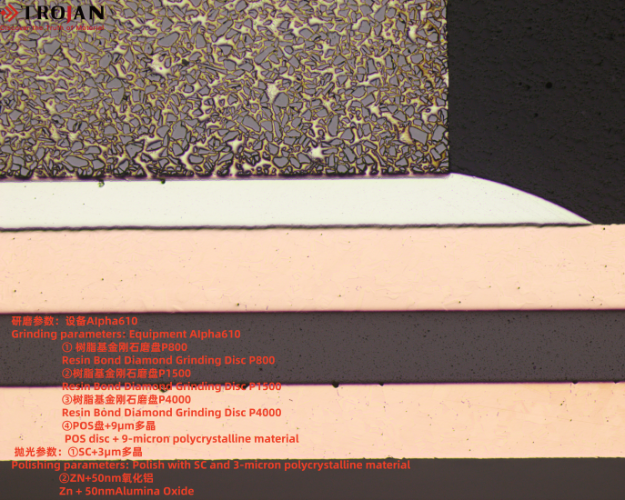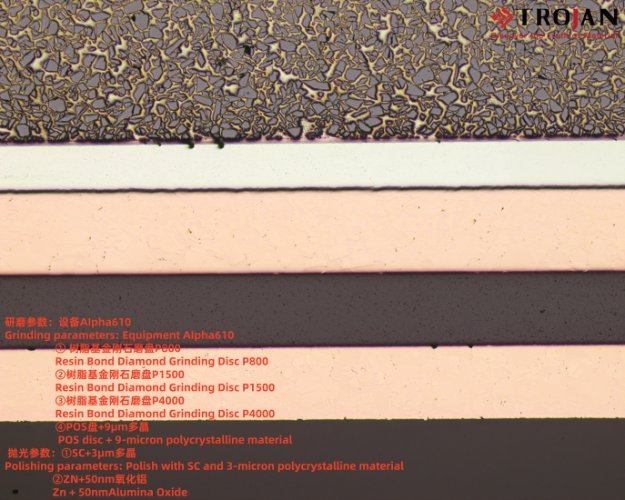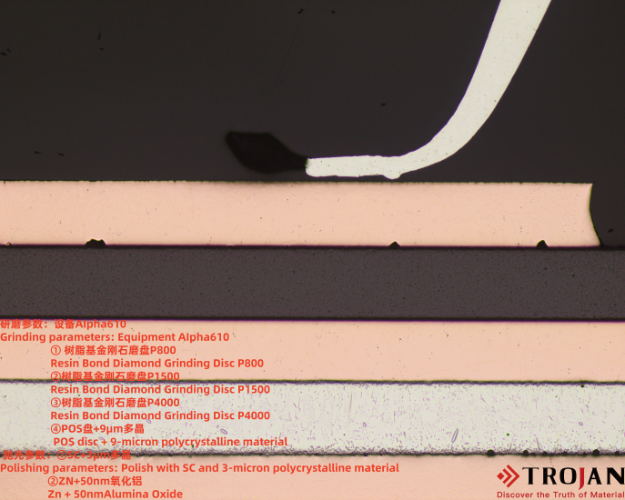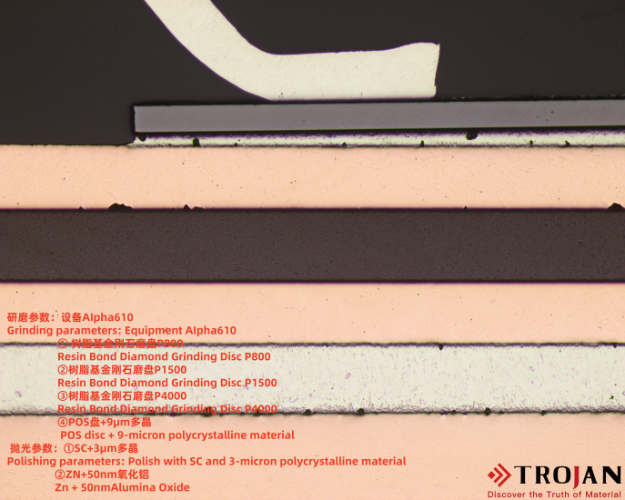Automotive chips, as the "brain" and "nerve" of automobiles, are leading the intelligent transformation of the automotive industry. With the transformation of automobiles from traditional mechanical products to intelligent mobile terminals, the importance of automotive chips has become increasingly prominent. It not only determines the performance, safety and intelligence level of automobiles, but also becomes the core driving force for the innovation and development of the automotive industry.
At the same time, the transition from traditional fuel vehicles to electric vehicles has led to a significant increase in the demand for power chips, sensor chips and communication chips in automobiles. The three-electric systems of electric vehicles (battery, motor, and electronic control) require a large number of power chips to achieve the conversion and control of electrical energy, while sensor chips are used to monitor battery status, motor speed and vehicle driving status, and communication chips are used to realize communication between the vehicle and charging piles, power grids, etc. The demand for automotive chip products will continue to grow, and technological innovation will continuously drive market development. This brings higher technical requirements and stability, so the use of relevant means in the field of metallographic sectioning is to study and improve the technical and quality requirements for control chips.
The following are the preparation parameters and microscopic effects analysis of automotive chip composite materials samples:





 中文简体
中文简体 英语
英语 西班牙语
西班牙语 德语
德语

















